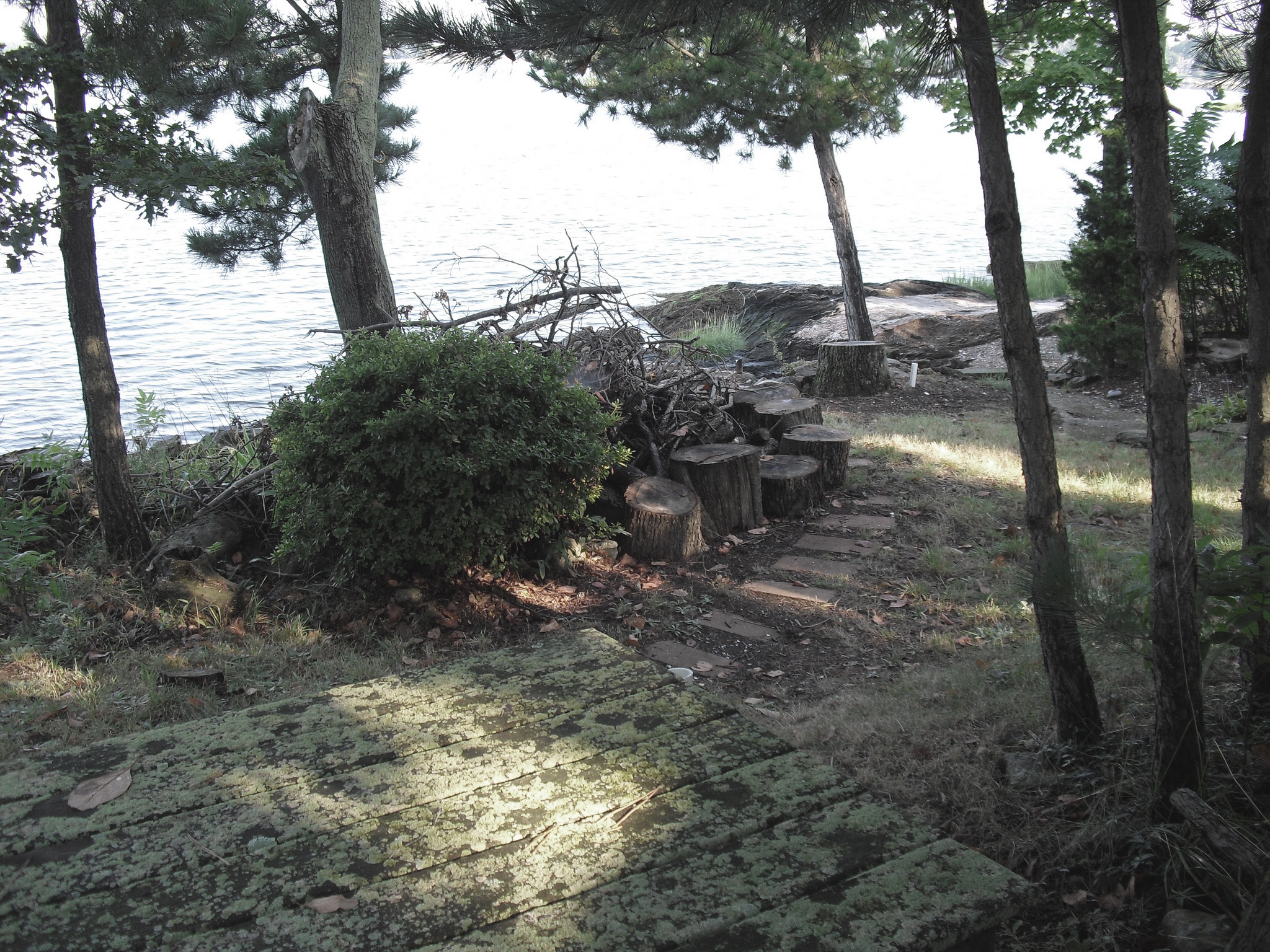NY State Sewage Code
Effective Date: 09/29/2004
Title: Section 7-2.1 – Enforcement; public health hazards and other violations
(a) Enforcement. The enforcement procedures delineated in sections 12, 12-a, 16, 206, 225, 308, 309, 348, 373, 1308, 1393, and 1395 of the Public Health Law shall be followed where the permit-issuing official or his representative determines that closing of a children’s camp is necessary to protect the public health or safety of the occupants of the camp. Where a public health hazard is found on the property, the building or portion of the property constituting the hazard shall be placarded against occupancy until the hazard is corrected. The closure provisions of Part 14 of this Title shall be utilized for public health hazards occurring in food service facilities. When a placard is used to protect the occupants from a public health hazard, it shall be conspicuously posted at each entrance or walkway leading to the portion of the property that constitutes the hazard. The placard shall state the authority for its placement and indicate that concealment, mutilation, alteration or removal of it by any person without permission of the permit-issuing official shall constitute a violation of this Chapter and the Public Health Law. The permit-issuing official or his representative shall inspect the premises within three working days of posting the placard to assure compliance with terms of the order, and shall inspect the premises within two working days of notification that the hazard has been eliminated to remove them after verifying the correction.
(b) Public health hazards.
(1) A public health hazard is any condition which could be expected to be responsible for illness, physical injury or death.
(2) Any of the following violations are public health hazards which require the permit-issuing official or his designated representative to order immediate correction or to immediately institute action as provided in the law and in this Subpart:
(i) supervision of children is not in accordance with the supervisory or personnel qualification standards prescribed in sections 7-2.5, 7-2.11 and 7-2.25 of this Subpart resulting in a child not being protected from any unreasonable risk to his or her health or safety;
(ii) on-site potable water system serving the children’s camp contains contaminans in excess of the maximum contaminant levels prescribed in Part 5 of thie Title or Section 7-2.6(e) of this Subpart;
(iii) use of an unapproved or contaminated water supply sources;
(iv) treatment of the water system, required for disinfection or removal of contaminants, is not continuous;
(v) disinfection which is inadequate to destroy harmful microorganisms or to maintain a specified chlorine residual;
(vi) presence of cross connections or other faults in the water distribution or plumbing systems which result, or may result, in the contamination of the potable water supply.
(vii) insufficient quantity of water to meet drinking or sanitary demands.
(viii) sewage on the ground surface in areas accessible to children or which may contaminate food or pollute a source of water supply or a bathing beach;
(ix) implementation of the medical requirements of the camp safety plan not under the supervision of a camp health director; at camps for the developmentally disabled, medication is not under the supervision of licensed or certified personnel;
(x) passengers transported in the bed of a truck or trailer or in any other portion of a vehicle that is not designed for passenger occupancy; children transported without counselor supervision in a vehicle;
(xi) camp swimming pool or bathing beach not under the direct supervision of the camp aquatics director or his assistant;
(xii) allowing swimming or incidental water immersion which is not in accordance with 7-2.11(a)(1), 7-2.11(a)(5)(iii) or 7-2.11(j) of this Subpart;
(xiii) minimum safety equipment in Part 6 of this Title not provided at the waterfront or swimming pool. Depth markings not provided at a swimming pool or a bathing beach as required by Part 6 of this Title;
(xiv) failure to provide fencing or other security during nonuse of a pool;
(xv) failure to use personal flotation equipment during boating or other waterfront activities;
(xvi) failure to establish and enforce the Buddy System and Board System or other method generally accepted as providing a similar or equivalent level of bather safety during swim periods;
(xvii) permitting diving in hazardous areas;
(xviii) failure to restrict non-swimmers to water less than chest deep except as allowed under Subdivision 7-2.11(a);
(xix) riflery conducted without adequate supervision or on a range hazardous to campers or the general public;
(xx) archery or horseback riding not under the direction of competent instructors with equipment and facilities installed and maintained to eliminate hazards;
(xxi) overcrowding of sleeping quarters resulting in inadequate spacing of bunks or in blockage of fire exits; failure to supervise children in sleeping quarters;
(xxii) failure to provide two fire exits where required or blockage of a required fire exit by locking or other obstruction;
(xxiii) failure to provide a fire alarm system in multi-story buildings;
(xxiv) installation of stoves or heating equipment constituting a fire hazard or inadequate venting of fumes;
(xxv) failure to properly store flammable liquids and toxic substances;
(xxvi) failure to maintain firefighting equipment in working order;
(xxvii) failure to implement the camp safety plan resulting in a child not being protected from any unreasonable risk to his or her safety; or
(xxviii) any other item deemed to be a public health hazard by the permit-issuing official under this Subpart or Part 5, 6 or 14 of the Sanitary Code.
(c) Other violations. Violations of other sections of this Subpart or of other Parts of this Chapter are also subject to a penalty upon conviction.
Volume: A


